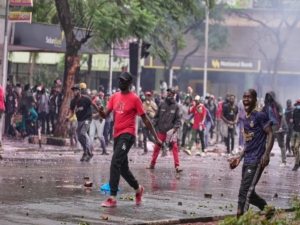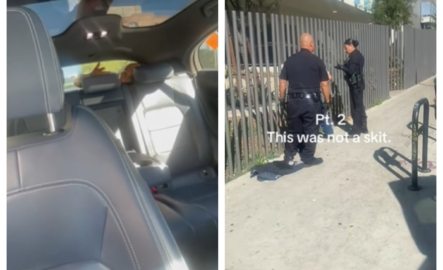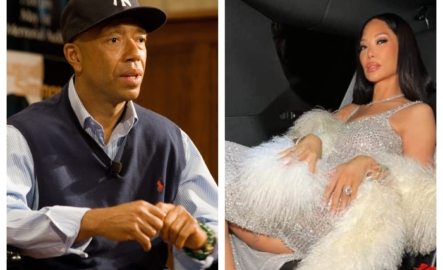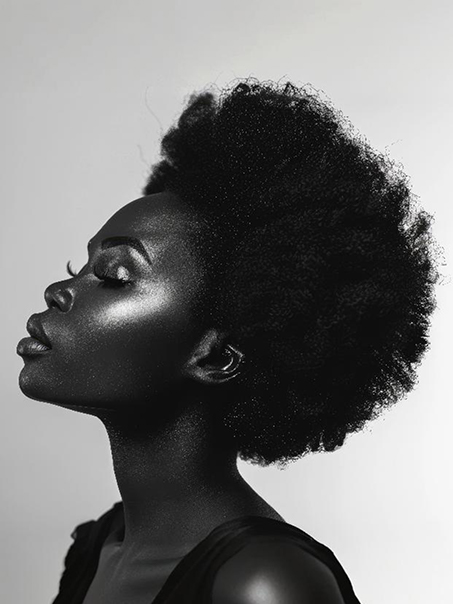A renewed wave of anti-government protests shook Kenya on Wednesday, leaving at least eight people dead and over 80 others receiving specialized medical care, many with gunshot wounds, according to reports from human rights groups. The unrest, which happened across 23 counties, underscored deepening frustration with police brutality, economic hardship, and what demonstrators call systemic misgovernance.
The state-backed Kenya National Commission on Human Rights said more than 400 injuries and at least 60 arrests were recorded, as protests swept through nearly half of the country’s counties. The demonstrations coincided with the grim anniversary of the 2023 anti-tax protests that left 60 dead and 20 still unaccounted for.
In Nairobi, security forces fortified Parliament and the president’s office with razor wire and blocked surrounding roads. Police clashed with protesters, using tear gas, batons, and live rounds. Scenes of chaos unfolded in cities like Kisumu, Mombasa, Nakuru, and Nyahururu, where calls for President William Ruto’s resignation intensified.
Last year’s protests saw demonstrators storm Parliament in anger over tax hikes, torching parts of the building while lawmakers fled. Bodies were left in the streets, and the government deployed the military. Human rights groups say not a single officer has been held accountable for the killings.
Watch a recent episode of The BreakDown podcast below and subscribe to our channel PanaGenius TV for latest episodes.
Kenya’s youth remain a driving force behind the unrest. Sparked by the recent death of a blogger in police custody and amplified by worsening living conditions, many feel their voices have gone unheard. The fatal close-range shooting of a protester last week only heightened tensions.
President William Ruto addressed the nation from a burial ceremony on the coast, pleading for calm.
“We do not have another country to go to when things go wrong. It is our responsibility to keep our country safe,” he said, as protesters advanced toward his Nairobi office.
Despite the government’s earlier insistence that June 25 would be a “normal working day,” Nairobi’s central business district came to a standstill. Shops remained closed, roads were cordoned off, and police limited access. Protesters, many young and defiant, took to the streets early, chanting anti-government slogans amid volleys of tear gas.
On the ground, the violence was palpable. An AP journalist witnessed a protester being shot in the mouth, while another was beaten by anti-riot police and rushed away in an ambulance.
“We will say it boldly, we will say it courageously, police brutality must end and Ruto must go,” declared protester Rose Murugi.
“People are being abducted, people are being killed,” said 25-year-old Derrick Mwangi. “The police have started using force which is very bad at this rate.”
Amid the unrest, Wangechi Kahuria of the Independent Medico-Legal Unit urged restraint.
“Kenyans should be allowed to mourn and go back home,” she said.
Police Inspector General Douglas Kanja issued a firm warning Tuesday that access to protected government zones like Parliament and the State House would be strictly barred.
Meanwhile, government efforts to suppress information drew criticism. Authorities shut down live TV coverage and deactivated free-to-air broadcasts, prompting condemnation from rights defenders. Newspapers ran tributes to last year’s fallen protesters. One front page read, “A luta continua”, a Portuguese slogan for resistance used in Mozambique’s anti-colonial struggle.
Political analyst Herman Manyora called the demonstrators “heroes” and urged the state to honor their sacrifice.
“The authorities should work with the demonstrators to ensure a good commemoration,” he said, warning that the government’s rigid posture has only deepened youth resolve to resist.
Last year’s reforms, dissolving a controversial Cabinet, scrapping an initial tax bill, did little to ease public outrage. Many ministers returned under different titles, and the reintroduced taxes rekindled anger. Ruto’s pact with opposition figure Raila Odinga further blurred the lines of political accountability, fueling sentiments that neither side truly represents the people.
READ ALSO: Calls for justice grow after Kenyan protester shot by police amid blogger death uproar










